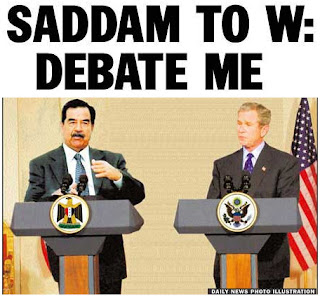THE CAMERA.
1. Explain the “camera obscura” effect. How is it achieved?
A tiny hole in a dark room projected the image of whatever is on the other side. The hole acted like a lens.
2. What invention during the 17th Century helped man get a step closer to creating the modern camera?
Isaac Newton and Christian Huygens created lenses and optics to greatly improve camera technology.
3. What were the parts of the first modern camera invented by Niepce?
A glass lens, dark box and film.
4.What do modern digital cameras have in common with Niepce’s camera?
light still passes through the lens.
5. What do digital cameras use to capture an image?
An electronic sensor called a CCD.
CAMERA MODES.
6. What is the difference between the Auto Mode and the Program mode?
Auto mode controls everything automatically. Program mode is full manual.
7. What is the Portrait mode used for? How does it work?
The camera will use the fastest lens setting to try to blur the background.
8. What is the Sports mode used for? (not just sports) How does it work?
To freeze motion, the camera will use the fastest shutter speed.
THE HALF PRESS.
9. Why should you do a half press on the trigger button?
Faster camera response time, and allows time for auto focus. Encourages better composition.
10. What does this symbol mean?
When would you use this?
No flash. The camera will not use its flash.
11.What does this symbol mean?
When would you use this?
Auto flash.
The camera will fire the flash when it thinks it needs more light.
12. What happens to your photo if there is too much light?
It will be washed out.
13. What happens to your photo if there is not enough light?
It will be too dark.
14. What is a “stop.”
It represents a change in the relative brightness.
15. How many stops brighter is the new planet if there are two suns instead of one ?
1
16. How many stops brighter is the new planet if there are four suns instead of two?
2.
17. What affect does a longer shutter speed of have?
More light.
18. What affect does a shorter shutter speed have?
Less light.
19. What does the aperture control?
It like a pupil. How big is the opening for light to travel through.
20. When adjusting the aperture, how can you increase the amount of light?
Make the Aperture bigger.






















